Made from the endosperm of corn kernels, cornstarch is a silent yet powerful ingredient that often works behind the scenes to transform sauces, gravies, and desserts from the ordinary to the extraordinary with its thickening prowess. Don't confuse corn flour with cornstarch, as corn flour is made from whole kernels. Cornstarch is the secret weapon in many kitchens, giving body and structure to many dishes. But what happens when this staple is missing from your pantry or you're catering to dietary restrictions that render cornstarch unsuitable?
Fear not, as the culinary universe is rich with alternatives, each with unique properties. In this comprehensive guide, we will explore the best cornstarch substitutes that may be present in your kitchen.
What is Cornstarch
Cornstarch is a fine powder starch made from the endosperm of corn kernels. It's commonly used as a thickening agent in cooking and baking, and it is ideal for sauces, chili, soups, and gravies due to its ability to dissolve in cold water and form a smooth paste. Cornstarch thickens and becomes translucent when heated, providing a glossy appearance to the dish. It's also used in baking to soften the texture of cakes and cookies and as an anti-caking agent in powdered sugar.
The 10 Best Cornstarch Substitutes For Baking, Frying And Cooking
Wheat Flour
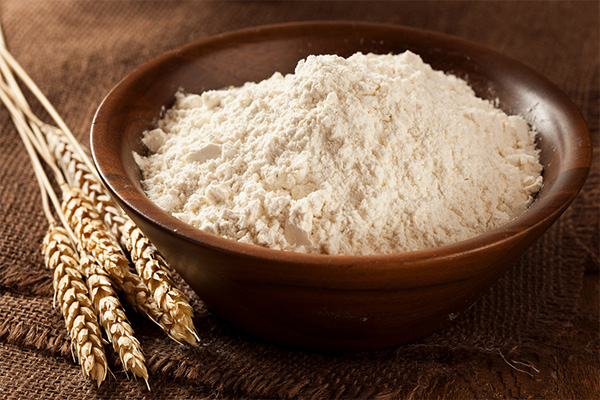
Wheat flour is often considered the best substitute for cornstarch due to its widespread availability and versatility in various cooking and baking applications. As a thickening agent, wheat flour is effective and reliable, but it requires more than cornstarch to achieve similar results.
Typically, you'll need about twice as much flour as cornstarch. For example, if a recipe requires one tablespoon of cornstarch, you would use two tablespoons of wheat flour.
Wheat flour is particularly beneficial in making roux for sauces and gravies, where its ability to absorb liquid and thicken is unparalleled. It's also excellent in baking, providing structure to cakes, gravies, pastries, and other baked goods.
Arrowroot Flour/Arrowroot Starch
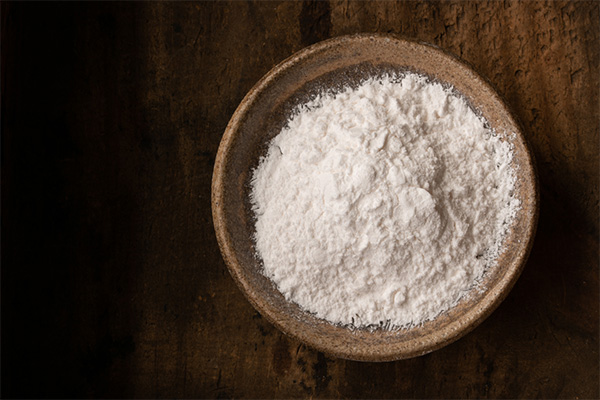
Arrowroot flour, also known as arrowroot starch, is a top-notch substitute for cornstarch. It is lauded for its gluten-free nature and exceptional thickening abilities. Arrowroot flour is known for its neutral flavor profile, ensuring that it won't overpower the taste of your dishes, whether they are sweet or savory.
When replacing cornstarch with arrowroot powder, it's important to note that they have similar thickening power, typically in a one-to-one ratio. If a recipe specifies one tablespoon of cornstarch, you can use one tablespoon of arrowroot powder as a substitute.
One of the standout features of arrowroot flour is its ability to thicken at lower temperatures than cornstarch, which is particularly advantageous in recipes where gentle heating is required. It creates a glossy and transparent finish, making it excellent for thickening sauces, pie fillings, gravies, and clear sauces.
Potato Flour/ Potato Starch
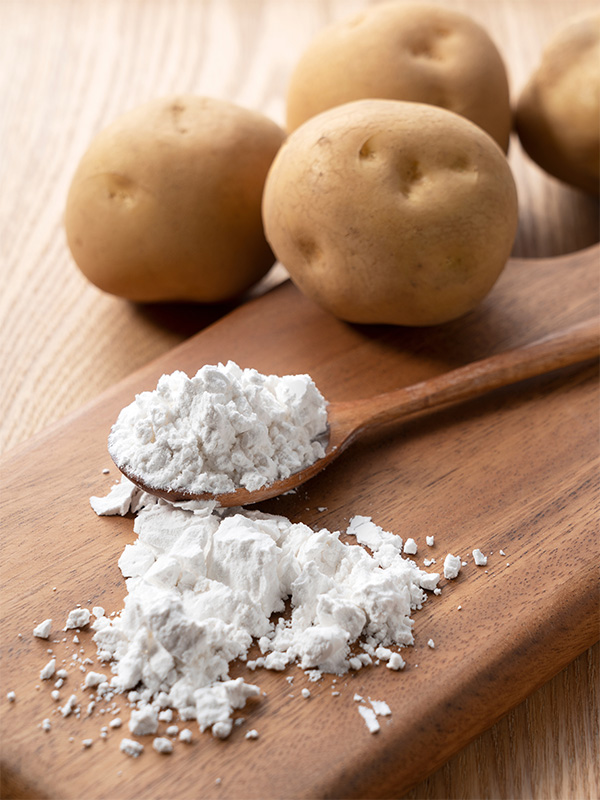
Potato flour, often used interchangeably with potato starch, emerges as a top-notch cornstarch substitute, renowned for its gluten-free nature and remarkable thickening capabilities. Their neutral flavor ensures that they won't interfere with the taste of your dishes, whether they are sweet or savory
When replacing cornstarch with potato flour/potato starch, it's important to note that they offer a similar level of thickening power, typically in a one-to-one ratio. If a recipe requires one tablespoon of cornstarch, you can use one tablespoon of potato flour or starch as a substitute.
One of the standout qualities of potato-based thickeners is their versatility in both hot and cold applications. Potato flour/ potato starch are excellent choices to thicken sauces, gravies, soups, and fruit fillings. Moreover, they have the advantage of creating a smooth and glossy texture, similar to what cornstarch achieves, making them ideal for a wide range of culinary creations.
Tapioca Starch Or Tapioca Flour

Tapioca flour and tapioca starch are exceptional cornstarch substitutes, prized for their versatility, gluten-free nature, and remarkable thickening properties.
Both tapioca flour and tapioca starch can be used interchangeably in recipes, typically in a one-to-one ratio, to replace cornstarch. If a recipe calls for one tablespoon of cornstarch, you can confidently use one tablespoon of tapioca flour or starch.
One of the standout qualities of tapioca-based thickeners is their ability to work well at lower temperatures, making them ideal for recipes that require gentle heating, such as custards and delicate sauces. They excel at providing a smooth, glossy texture, similar to what cornstarch achieves, which is particularly desirable in gravies, fruit fillings, and clear sauces.
Rice Flour
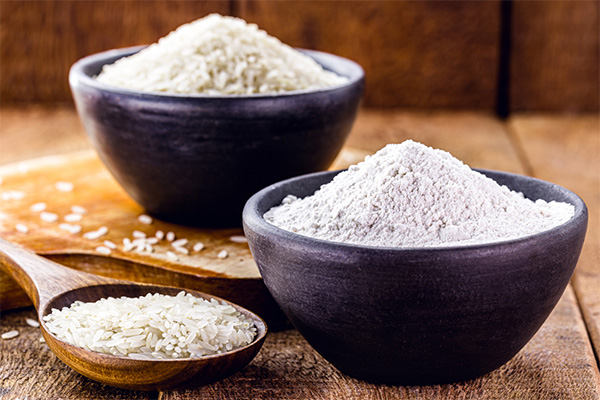
Rice flour is an excellent alternative to cornstarch. It is valued for its gluten-free nature and commendable thickening capabilities. Rice flour has a neutral flavor profile, ensuring that it won't interfere with the taste of your dishes, whether they are sweet or savory.
Made from finely ground rice, it can typically be used as a cornstarch substitute in a one-to-one ratio, making it a convenient recipe choice. For example, if a recipe specifies one tablespoon of cornstarch, you can effortlessly replace it with one tablespoon of rice flour.
One of the noteworthy advantages of rice flour is its ability to thicken at lower temperatures, which is particularly beneficial for recipes that require gentle heating, such as custards and delicate sauces. The resulting texture is smooth and glossy, akin to what cornstarch achieves, making rice flour an excellent thickening agent for gravies, fruit fillings, and clear sauces.
Xanthan Gum
Xanthan gum is a standout cornstarch substitute, celebrated for its gluten-free and vegan-friendly properties and remarkable thickening power. Its neutral flavor ensures that it won't alter the taste of your dishes, preserving the intended flavor profile.
Only a small amount is needed when substituting xanthan gum for cornstarch due to its high thickening efficiency. Typically, you would use just a fraction of a teaspoon for most recipes, as it is incredibly potent.
One of the key advantages of xanthan gum is its ability to thicken without the need for heat, making it ideal for cold applications like salad dressings, ice cream, and beverages. It is also an excellent choice for gluten-free baking, where it contributes to the texture and structure of bread, cakes, and cookies. Xanthan gum imparts a silky and smooth consistency to recipes, similar to what cornstarch achieves, making it a valuable thickener for sauces and gravies.
Ground Flaxseeds Or Flaxseed Meal
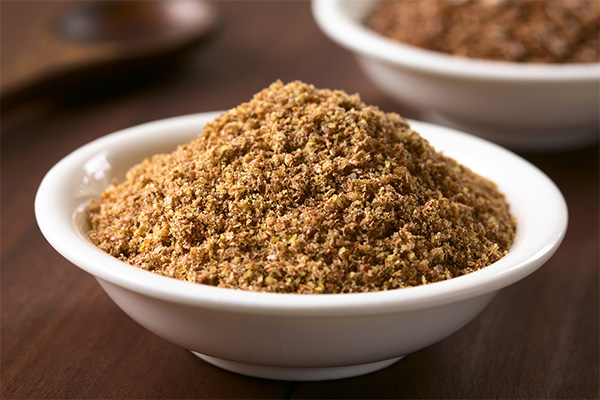
Ground flaxseeds and flaxseed meal are unique and healthy cornstarch substitutes known for their rich fiber content and omega-3 fatty acids. The omega-3 fatty acids in flaxseeds offer health benefits, making them a nutritious choice for those looking to boost their dietary fiber and essential fatty acid intake.
Mix ground flaxseeds with water to create a gel-like mixture to substitute for cornstarch. Usually, you would use a mixture of one tablespoon of ground flaxseeds with three tablespoons of water to substitute for one tablespoon of cornstarch. This versatile cornstarch substitute is particularly suitable for vegan and gluten-free recipes, where its binding properties come into play.
One of the standout qualities of ground flaxseeds is their ability to add a nutty flavor profile to dishes, enhancing the taste of both sweet and savory recipes. They are especially beneficial in baked goods like muffins, pancakes, and cookies, where they contribute moisture and texture.
While ground flaxseeds may not provide the same silky texture as cornstarch, their health benefits, flavor enhancement, and binding properties make them a worthy cornstarch substitute in various culinary creations, particularly for those with dietary preferences and health-conscious choices.
Guar Gum
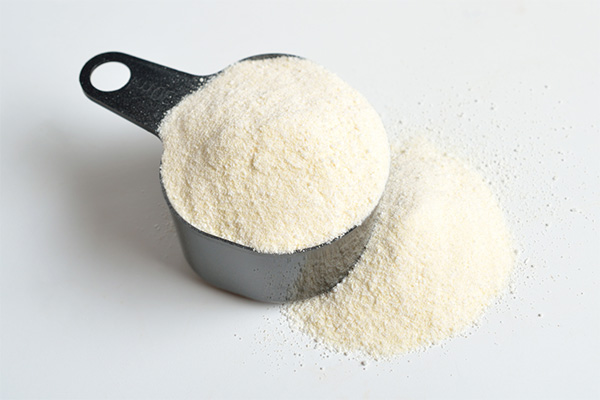
Guar gum is a potent and gluten-free substitute for cornstarch, known for its exceptional thickening abilities. When using guar gum as a cornstarch substitute, it's essential to remember that it is incredibly efficient, so only a minimal amount is required.
Typically, you would use just a fraction of a teaspoon to replace one tablespoon of cornstarch, making it an economical choice for thickening recipes.
One of the standout qualities of guar gum is its versatility. It can thicken both hot and cold liquids, making it suitable for various culinary applications, from sauces and gravies to salad dressings and ice cream. Guar gum is also neutral in flavor, ensuring that it won't alter the taste of your dishes.
Agar-Agar
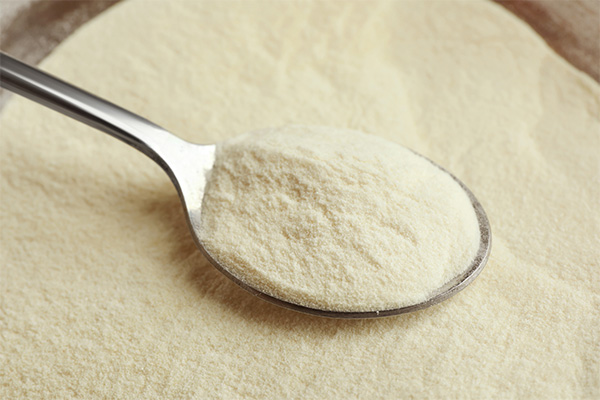
Agar-agar, derived from seaweed, is a unique and vegan-friendly substitute for cornstarch, offering impressive gelling and thickening properties. Agar-agar is an excellent choice for recipes requiring gelling at room temperature or in chilled environments, such as fruit jellies, custards, and vegan desserts like panna cotta.
When using agar-agar as a substitute, it's crucial to understand that it excels at gelling rather than traditional thickening. It typically requires a different usage approach, as it needs to be dissolved in boiling water before adding it to your recipe. You would typically use about one teaspoon of agar-agar powder to replace one tablespoon of cornstarch. The ratio may vary depending on the desired consistency and the particular recipe.
All-Purpose Flour
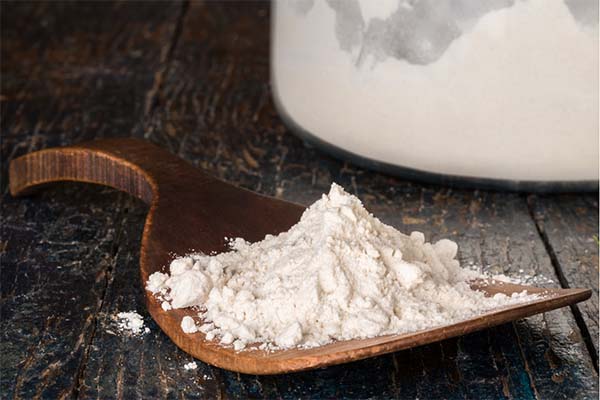
All-purpose flour, a kitchen staple in many households, is a versatile and readily available substitute for cornstarch. Flour is best used in cooking processes that allow for longer simmering or boiling, ensuring it is cooked thoroughly and doesn't leave a raw taste.
When utilizing all-purpose flour as a cornstarch substitute, it's crucial to recognize that a larger quantity is required to achieve the same thickening effect as cornstarch. Typically, you would use about twice as much flour as cornstarch. For example, if a recipe specifies one tablespoon of cornstarch, you would use two tablespoons of all-purpose flour.

